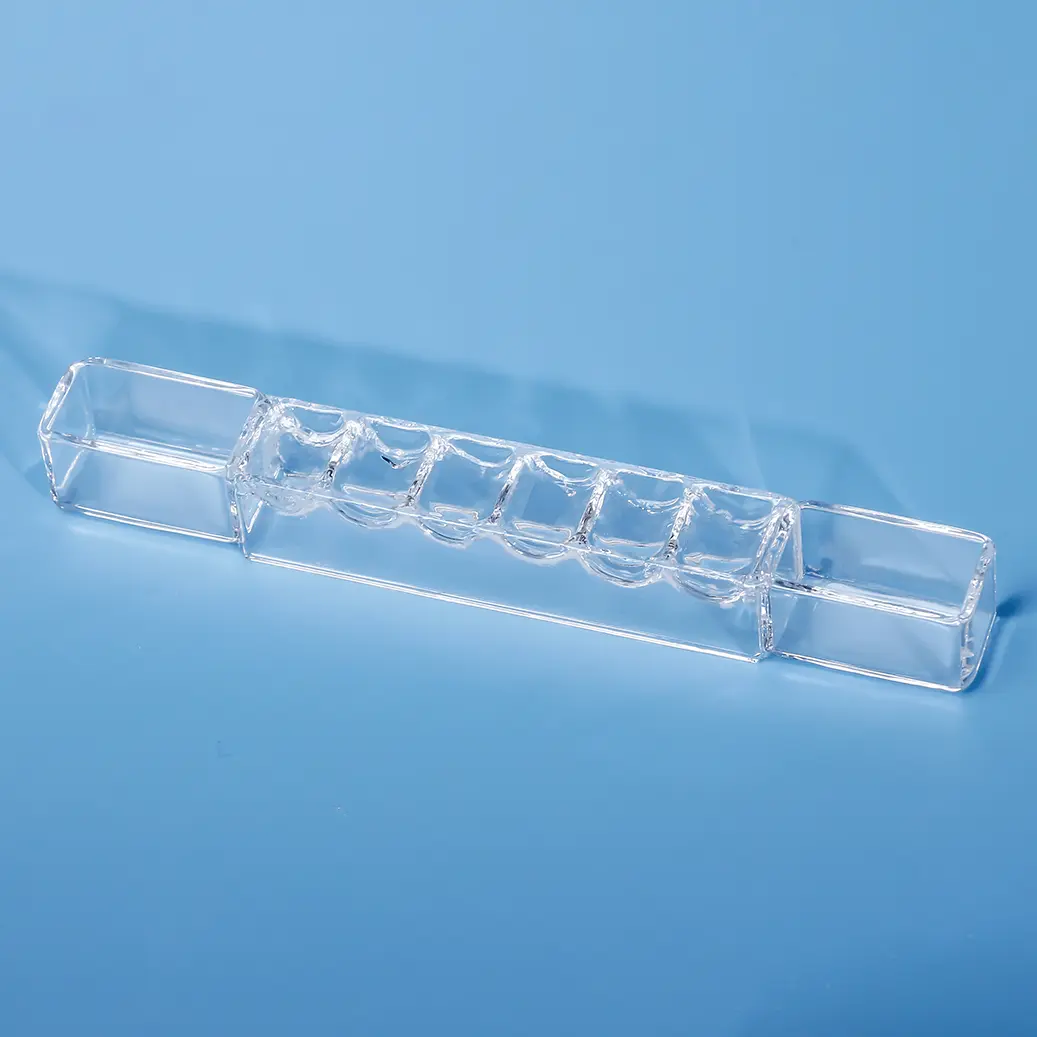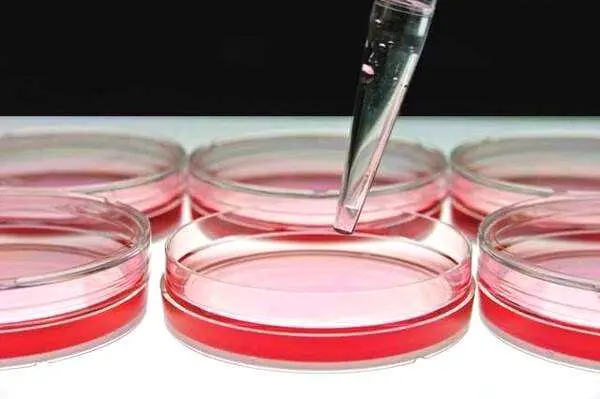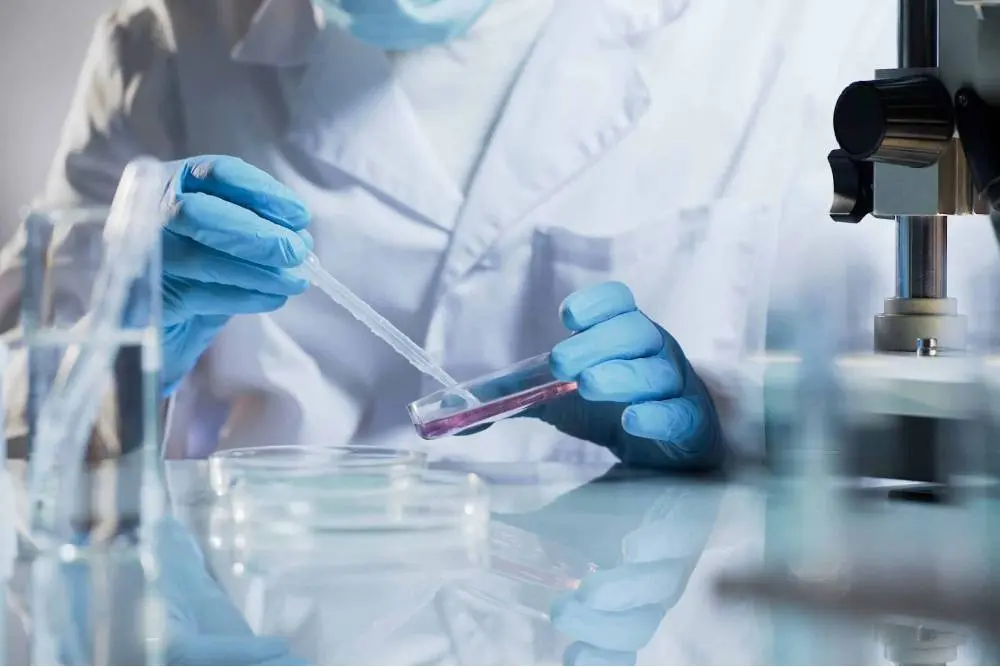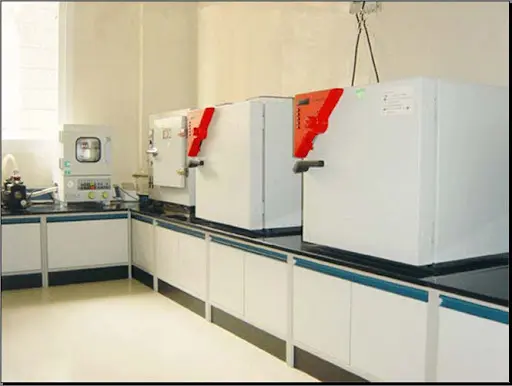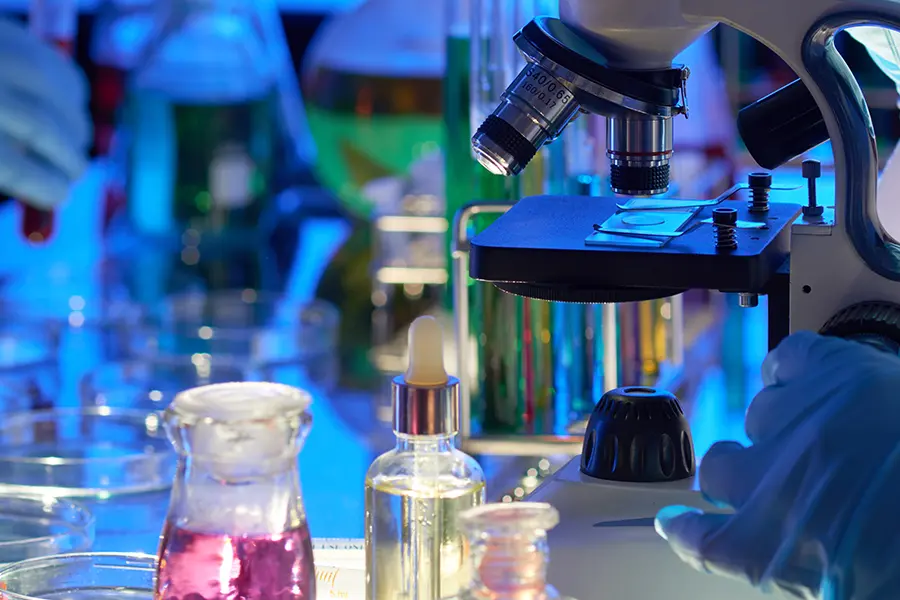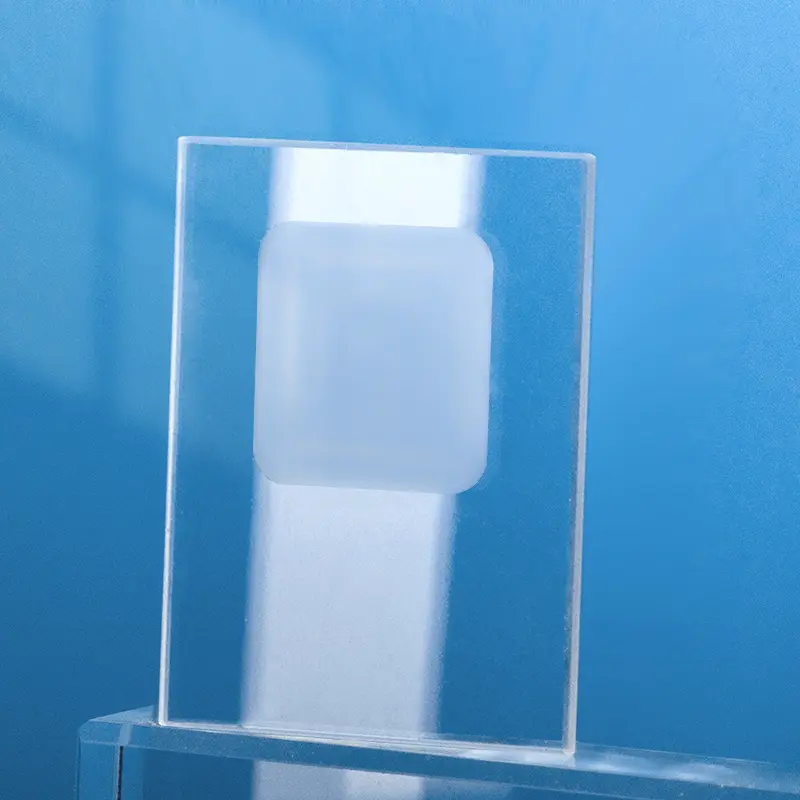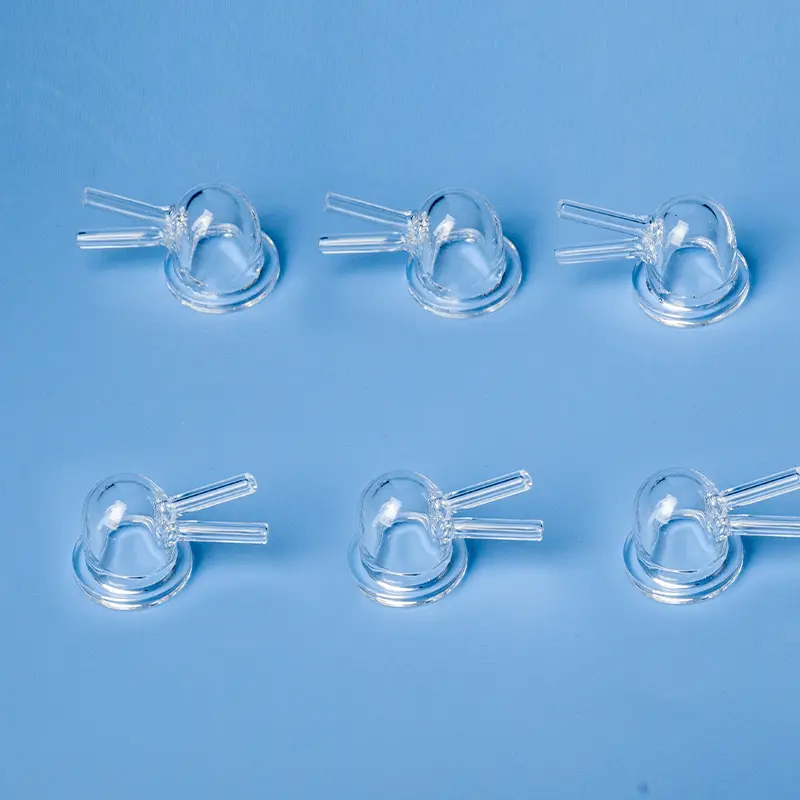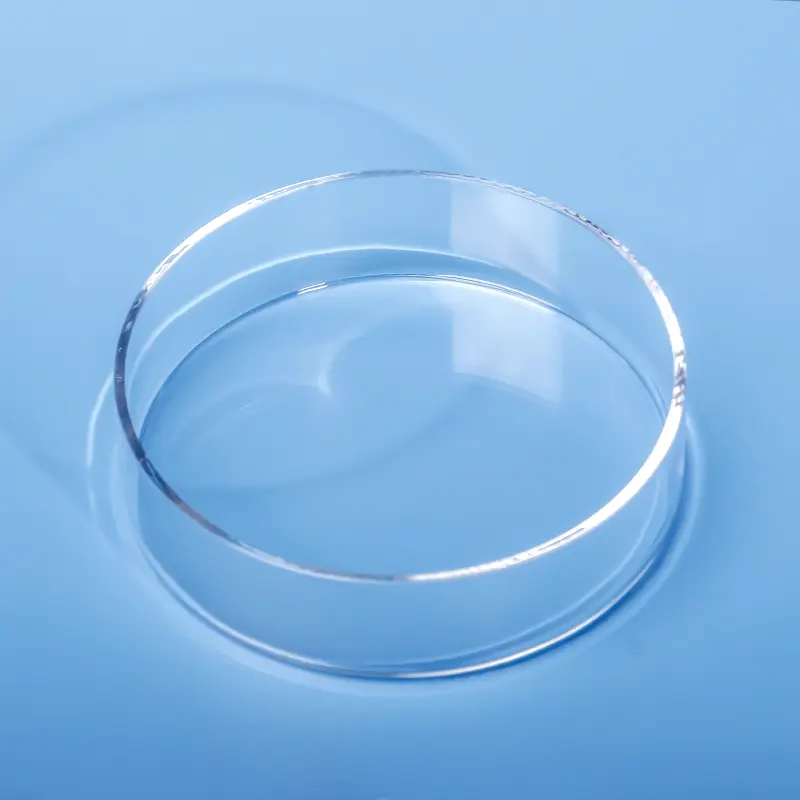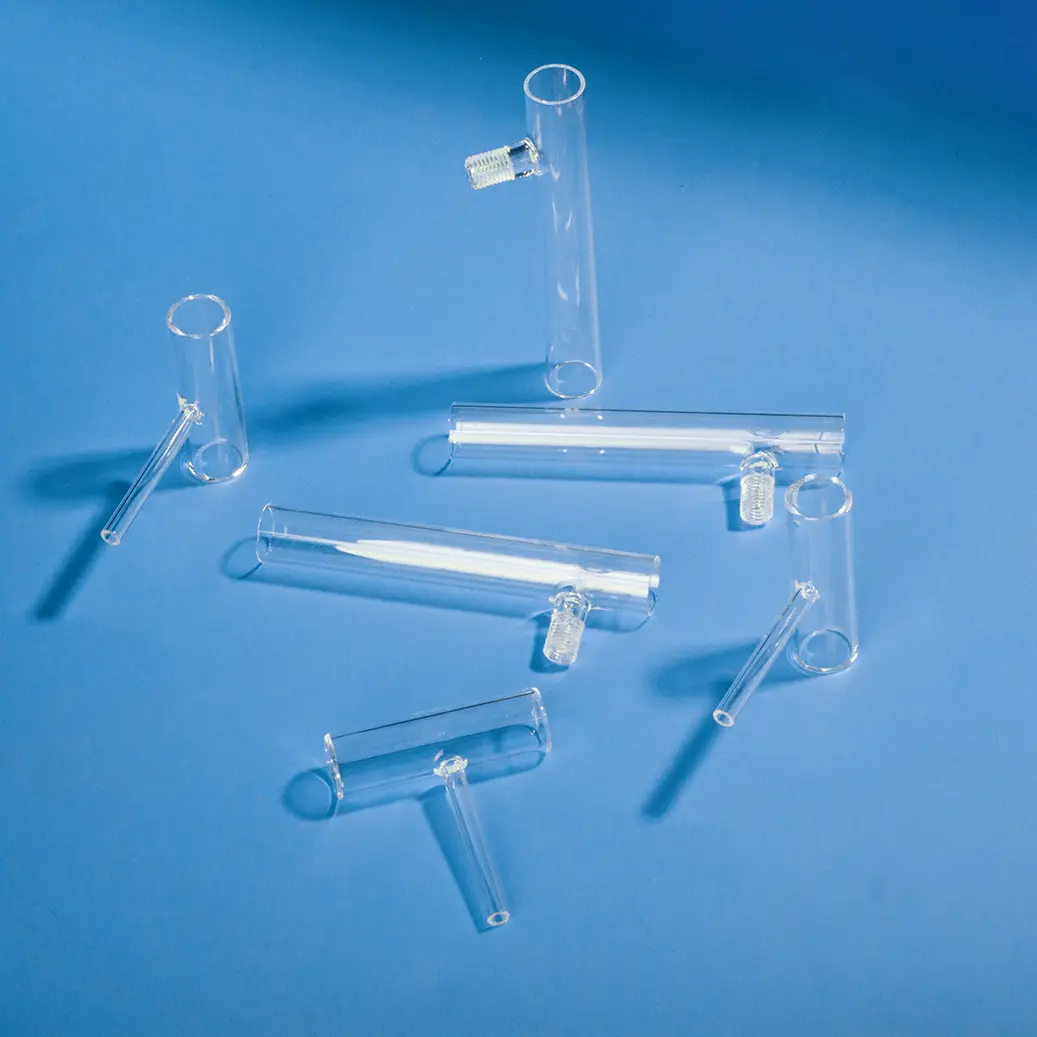Our custom quartz multi-well plates and fused silica reaction cells are precision-engineered for diverse analytical and research applications. Crafted from high-purity fused silica, these bespoke components offer exceptional UV-Vis transmission, superior chemical resistance, and high thermal stability. Ideal for multi-sample processing, spectroscopy, and advanced microfluidic systems, we provide tailored solutions to meet your exact design and performance specifications.
| Property Content | Property Values |
|---|---|
| SiO2 | 99.99% |
| Density | 2.2×10³ kg/cm³ |
| Hardness | 5.5 - 6.5 Mohs' Scale 570 KHN 100 |
| Tensile Strength | 4.8×10⁷ Pa (N/mm2) (7000 psi) |
| Compression Strength | >1.1×10⁹ Pa (160,000 psi) |
| Coefficient of Thermal Expansion | 5.5×10⁻⁷ cm/cm·°C (20°C-320°C) |
| Thermal Conductivity | 1.4 W/m·°C |
| Specific Heat | 670 J/kg·°C |
| Softening Point | 1730°C (3146°F) |
| Annealing Point | 1210°C (2210°F) |
| Strain Point | 1120°C (2048°F) |
| Work Temperature | 1200°C (2192°F) |
| Electrical Resistivity | 7×10⁷ ohm cm (350°C) |
| Size | Customized |
| Logo | Customized Logo Accept |
High-Temperature Resistance
Quartz petri dishes can withstand extremely high temperatures, with long-term working temperatures ranging from 1100°C to 1250°C and short-term exposure to temperatures up to 1450°C.
Corrosion Resistance
Quartz glass is inert to almost all acids (except hydrofluoric acid), offering superior acid resistance that is 30 times greater than that of ceramics and 150 times greater than that of stainless steel.
High Light Transmittance
Quartz glass exhibits excellent light transmittance across the entire spectrum from ultraviolet to infrared. Its visible light transmittance is greater than 95%, and its maximum transmittance in the ultraviolet spectral range exceeds 85%.
Chemical Stability
Quartz glass has exceptional chemical stability and does not readily react with other chemical substances. This makes it a popular choice in laboratories, especially for experiments where maintaining the purity of the vessel is critical.
Application Scenario
Quartz petri dishes can withstand extremely high temperatures. Their long-term working temperatures range from 1100°C to 1250°C, and they can withstand temperatures up to 1450°C for short durations.
Quartz petri dishes are inert to almost all acids, except for hydrofluoric acid. Their acid resistance is 30 times greater than that of ceramics and 150 times greater than that of stainless steel.
Quartz petri dishes have excellent transmittance across the entire spectrum from ultraviolet to infrared. Their visible light transmittance is greater than 95%, and their maximum transmittance in the ultraviolet spectral range is over 85%, making them very suitable for experiments requiring high light transmittance.
Frequently asked questions
We specialize in the end-to-end manufacturing of high-purity quartz glass components. Our core product lines include:
Quartz Tubing & Rods: A wide range of diameters and specifications.
Quartz Plates & Discs: Precision-cut and polished for optical and industrial use.
Quartz Labware: A full suite of standard and custom glassware, including beakers, flasks, and boats.
Semiconductor-Grade Quartz: High-purity components like process tubes and carriers for semiconductor fabrication.
Custom Fabricated Components: We can produce complex parts tailored to your unique designs and specifications.
Yes. Custom fabrication is at the core of our business. With over a decade of specialized experience, we partner with companies to provide expert OEM/ODM services. Our capabilities include welding, grinding, drilling, polishing, bending, and other precision processing techniques to create components that meet your exact requirements.
Quality is paramount in our manufacturing process. We are an ISO 9001:2015 certified manufacturer, ensuring that our processes meet international quality management standards.Our products also undergo rigorous SGS testing for purity and performance. We use high-purity raw materials (up to 99.998% SiO2) to produce fused quartz and fused silica products with exceptional thermal stability, high-temperature resistance, and chemical inertness.
We've streamlined our process to be as efficient as possible:
Submit Your RFQ: Send us your technical drawings, specifications, and requirements via our website contact form or email.
Rapid Response: You can expect an initial response within minutes and detailed communication within half an hour.
Design & Proposal: We will deliver a detailed design proposal and a competitive quote within 24 hours.
Prototyping & Production: Upon approval, we move swiftly from prototyping to full-scale production to meet your deadlines.
Partnering with Aoxin Quartz offers several key advantages:
Proven Expertise: With 10+ years in the industry, we have the technical knowledge to tackle complex challenges.
One-Stop Solution: We manage the entire production process, from sourcing high-purity raw materials to fabricating and finishing complex components.
Competitive Value: Located in a major quartz production hub, we leverage an efficient supply chain and advanced manufacturing to offer exceptional quality at a competitive price point.
Dedicated Partnership: Over 90% of our clients become long-term partners. We are committed to your success through responsive service, reliable quality, and innovative solutions.

